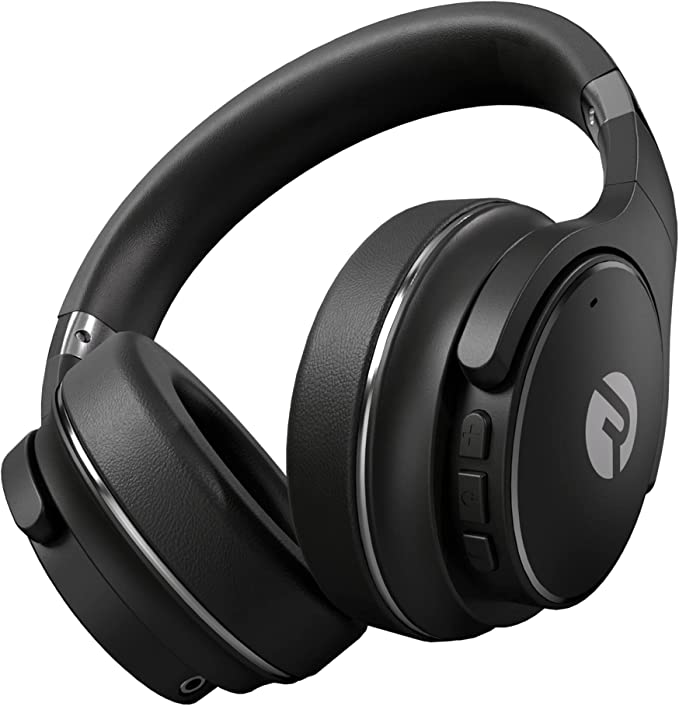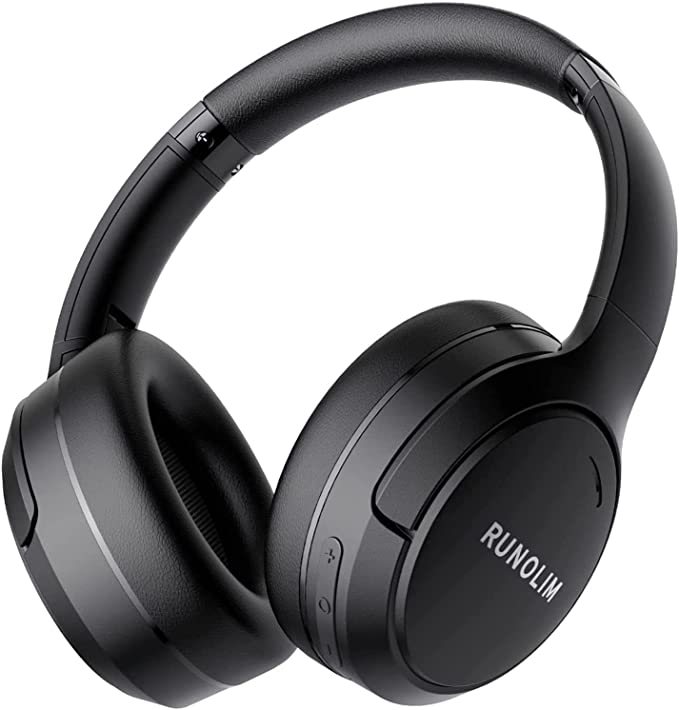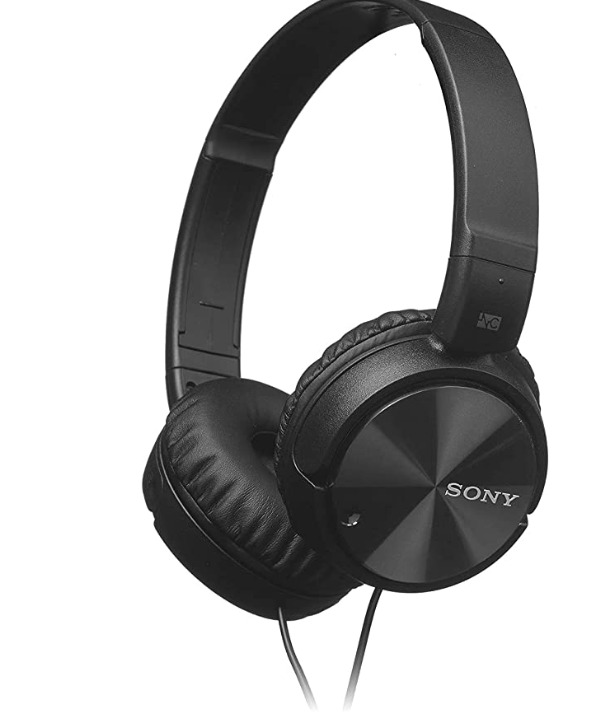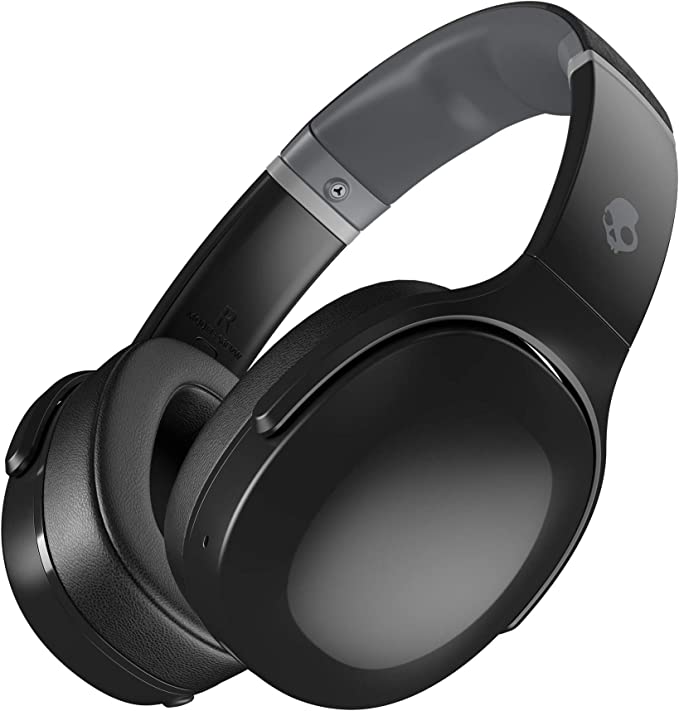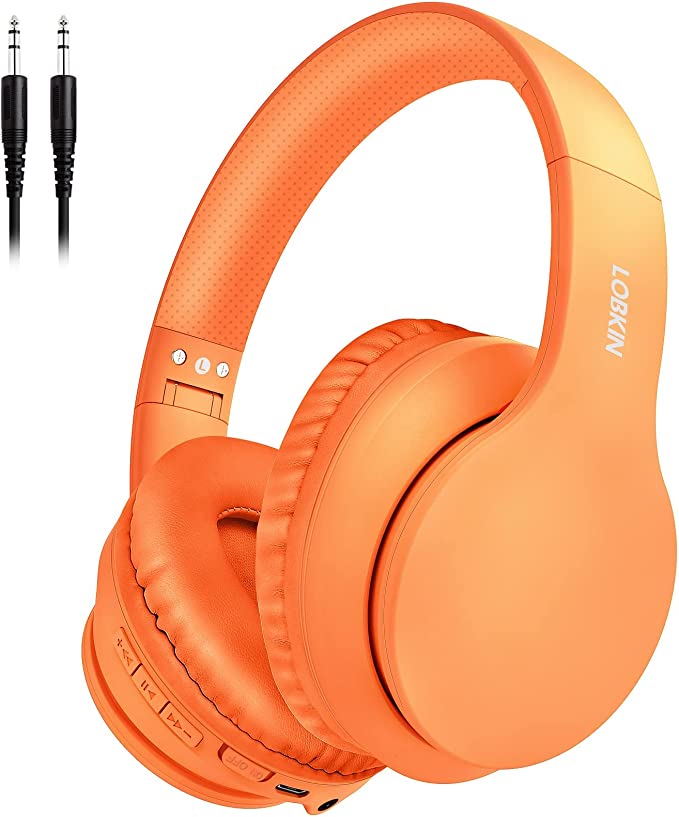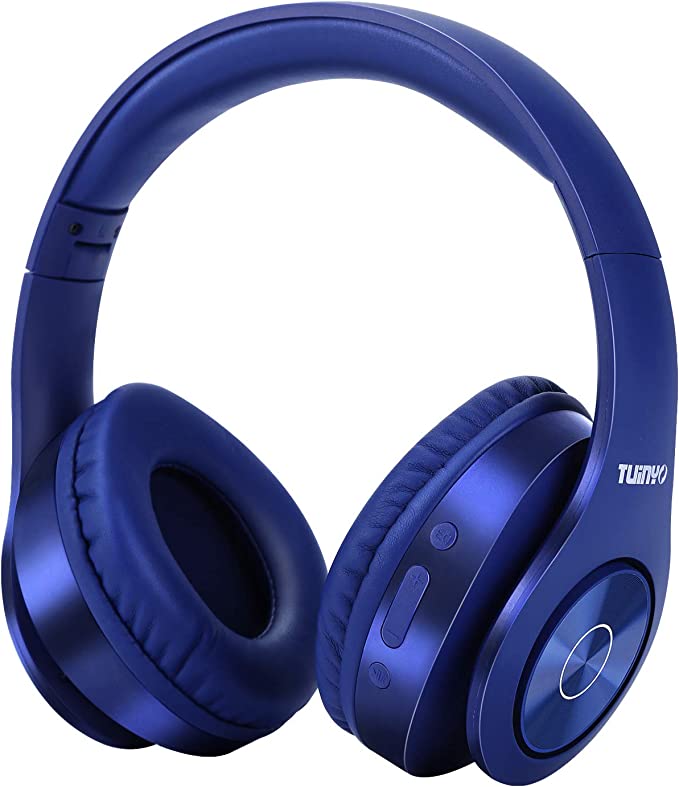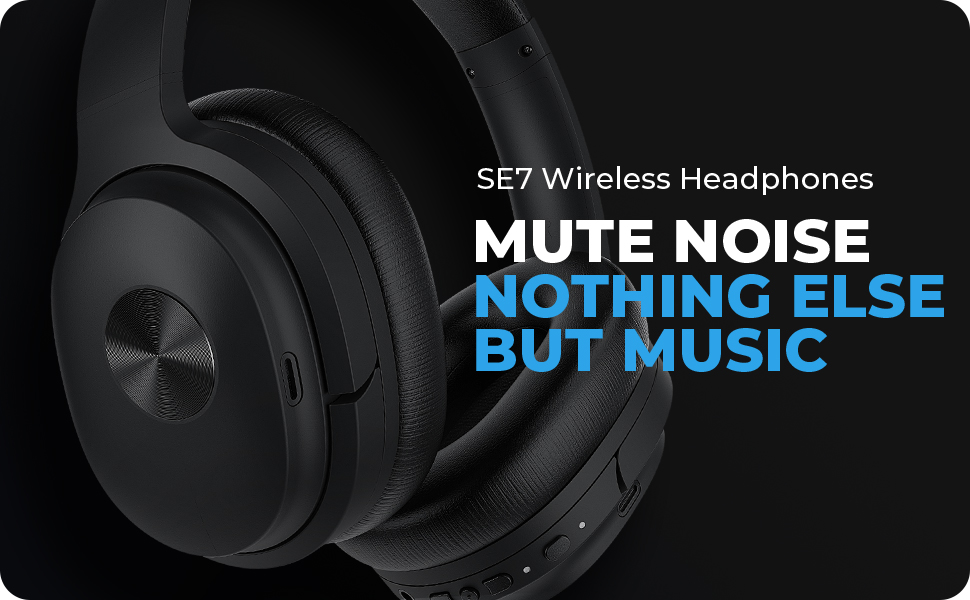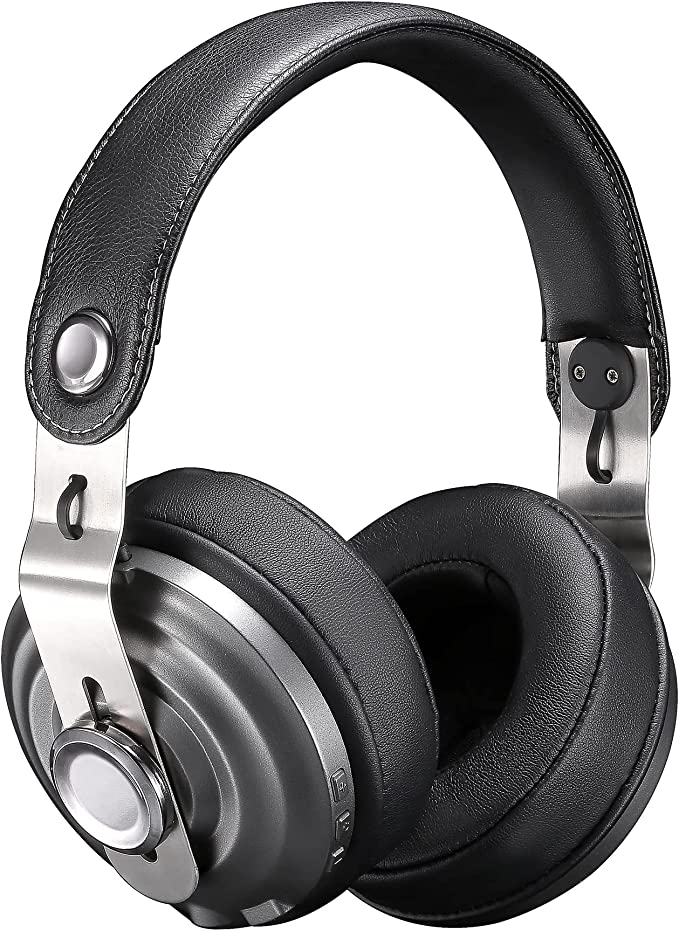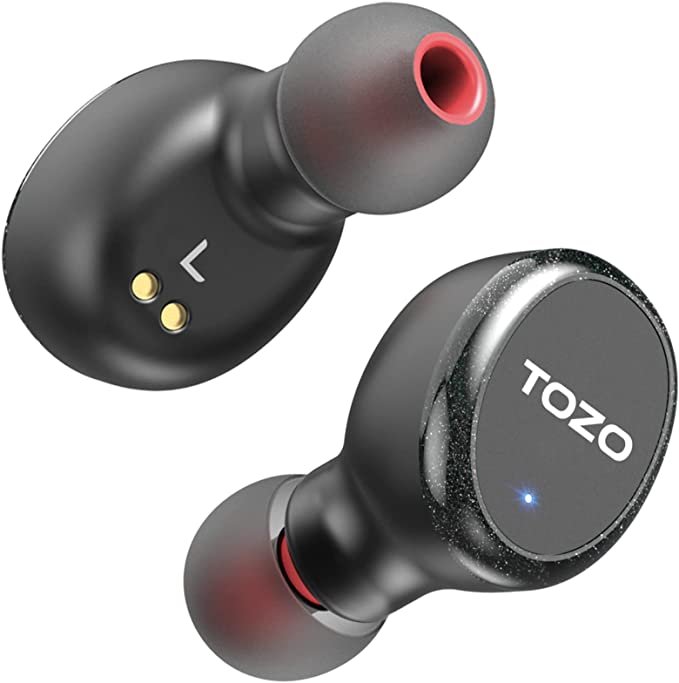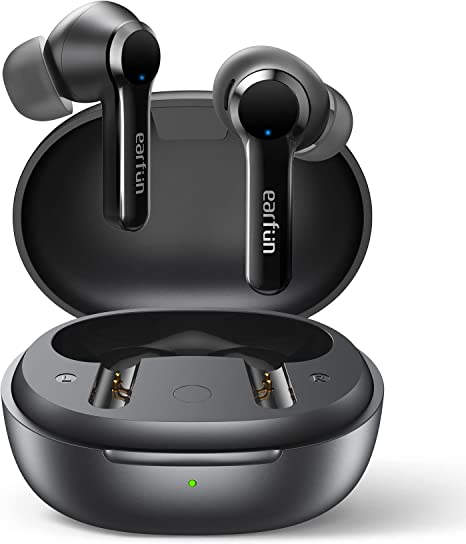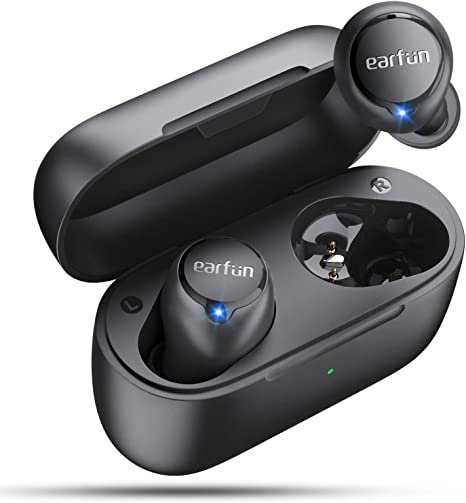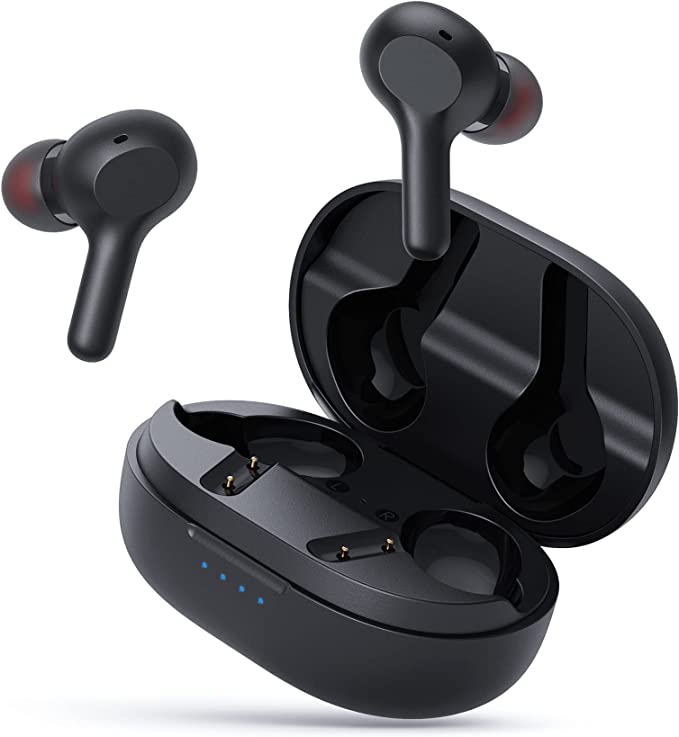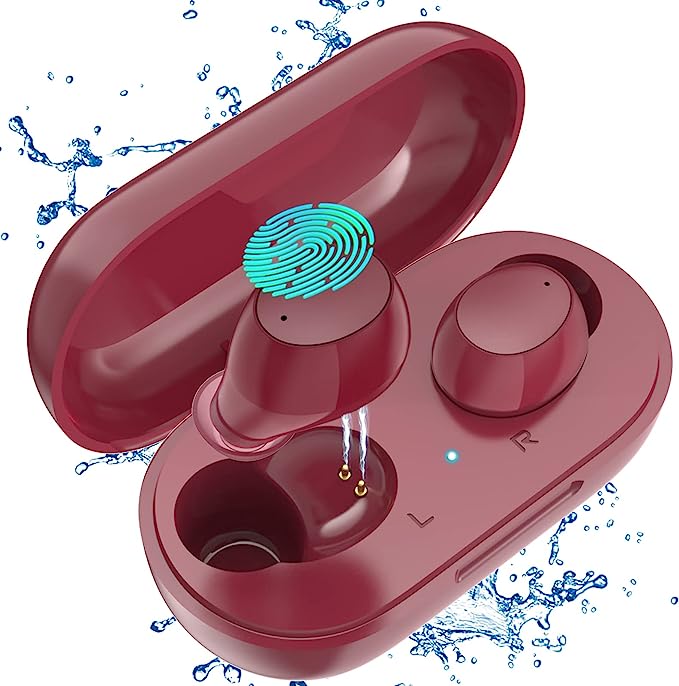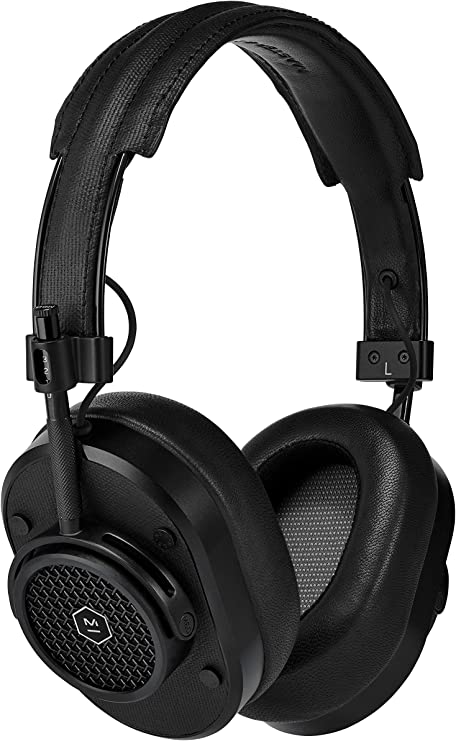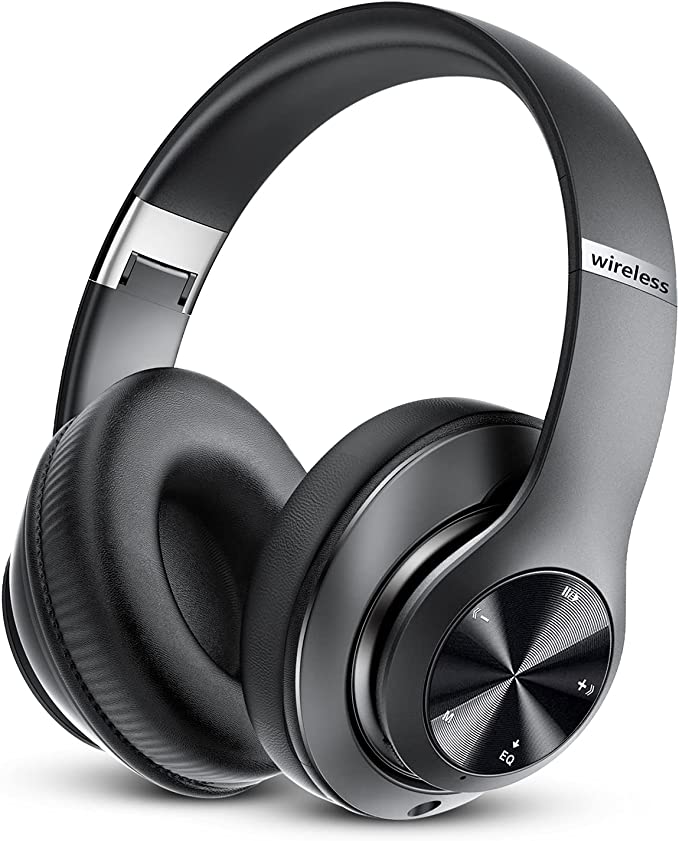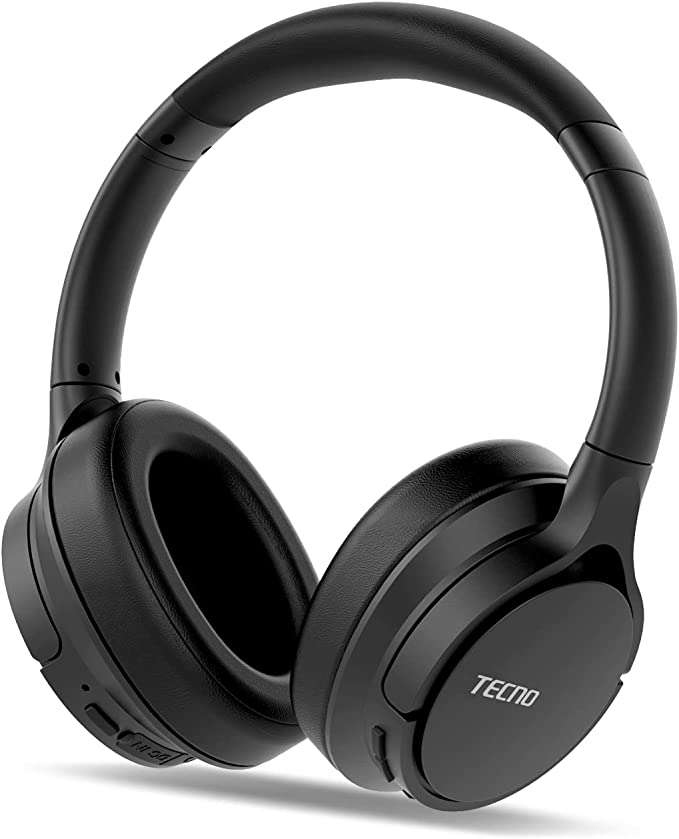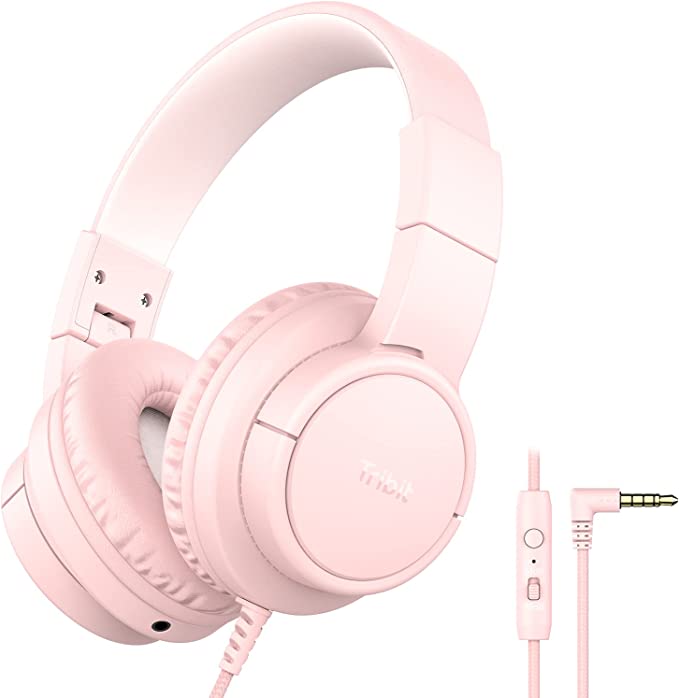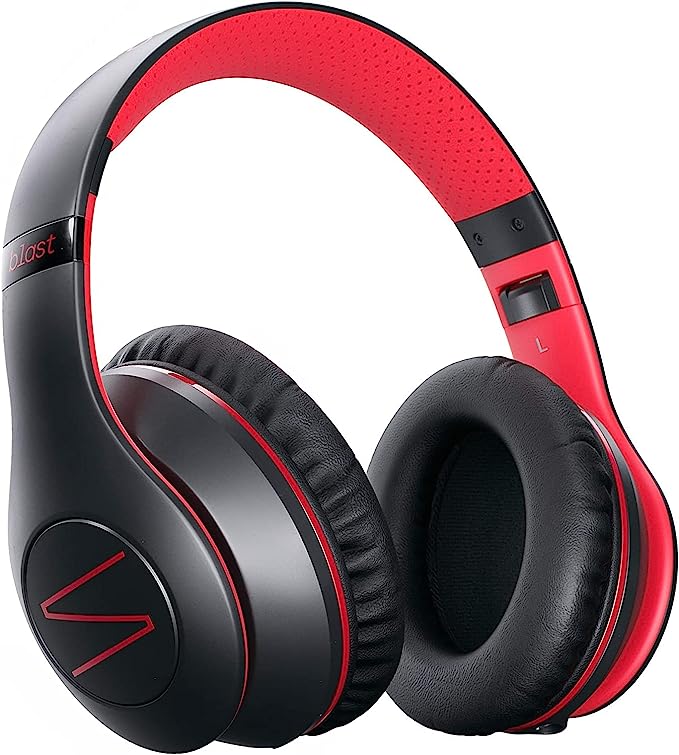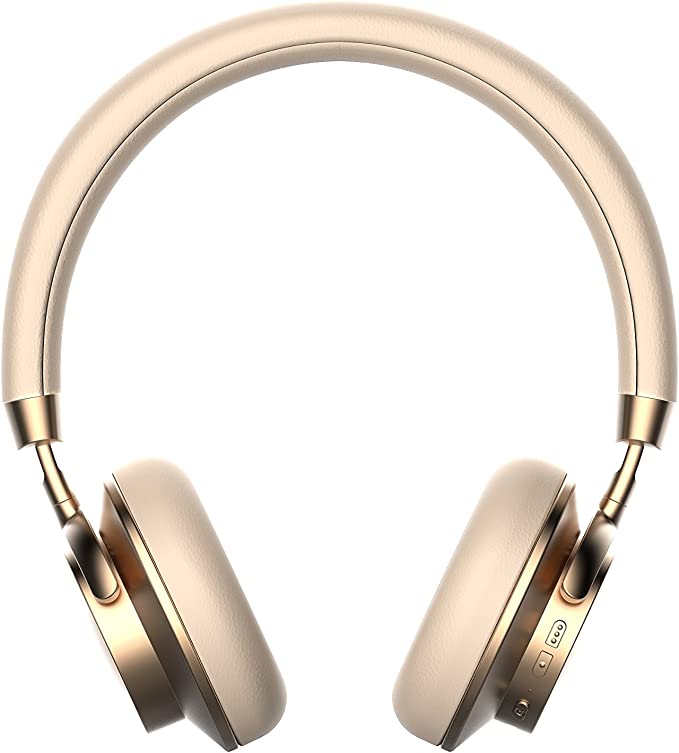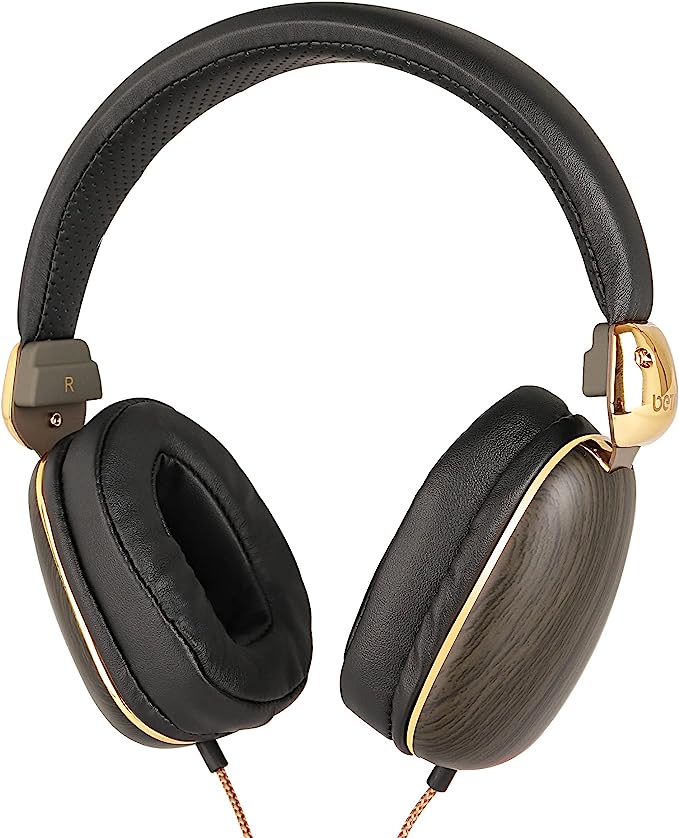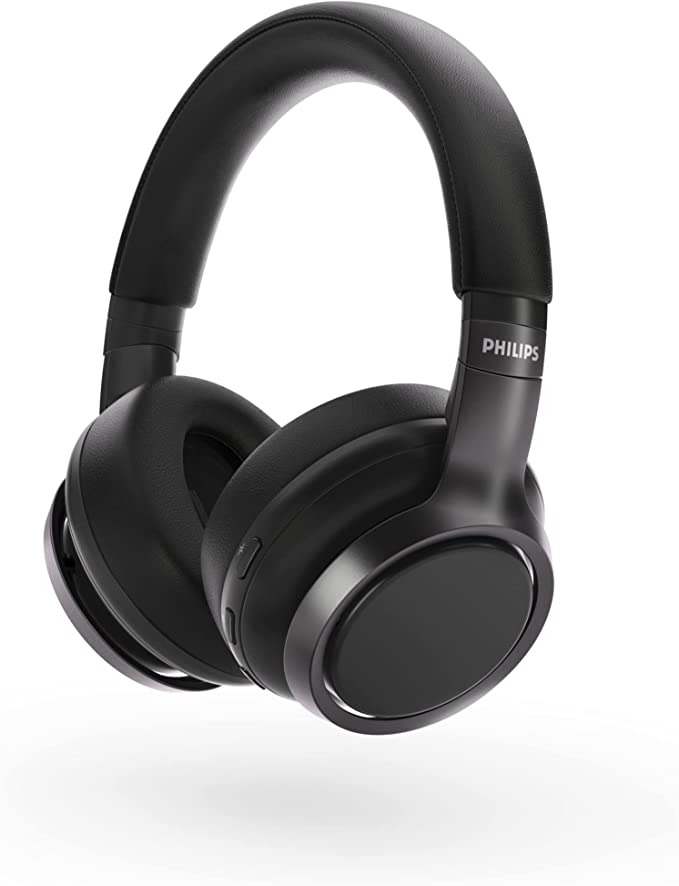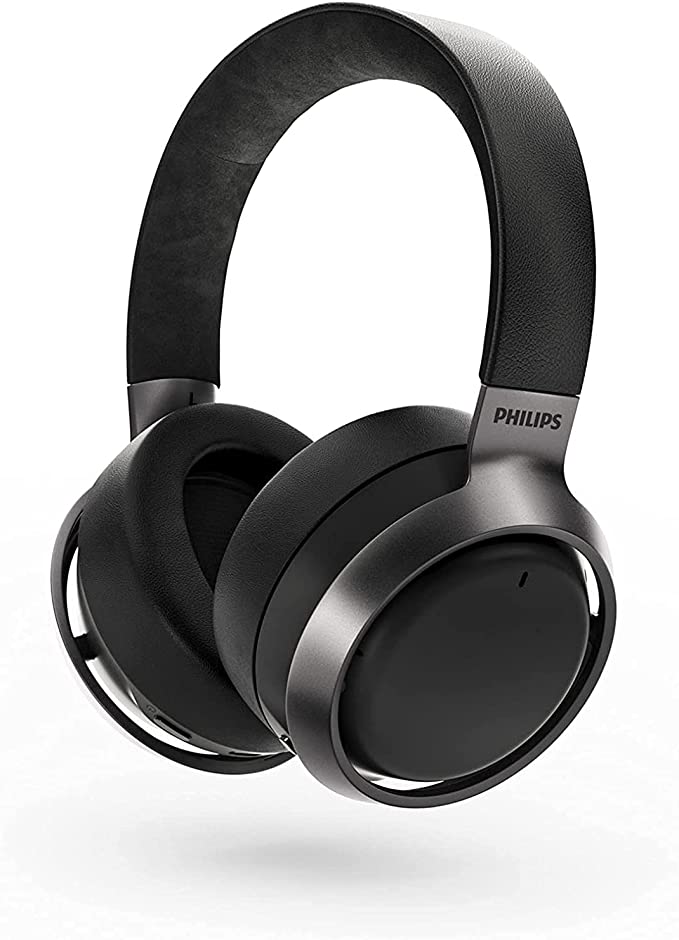OneOdio A11 Over Ear Wireless Headphones: A Budget-Friendly HiFi Headphone Option
Update on May 19, 2025, 4:27 p.m.
There’s an almost primal allure to sound. From the earliest human arias echoing in caves to the intricate symphonies filling grand halls, we’ve always sought to be enveloped by it, moved by it. In our modern age, this deeply personal quest for auditory immersion has found a powerful ally in headphones. They are our private concert venues, our quiet zones in a bustling world, our direct lines to a universe of music, podcasts, and connection. Today, we embark on an expedition, not just to look at a pair of headphones – the OneOdio A11 Over Ear Wireless Headphones – but to journey through the fascinating science and thoughtful engineering that strive to make such rich, personal soundscapes accessible.

The Heartbeat of a Headphone: Crafting Sound with 40mm Drivers
At the very core of any headphone, the part that truly sings to you, is the driver. Think of it as the orchestra’s conductor and its entire ensemble rolled into one tiny, powerful package. The OneOdio A11 houses 40mm bionic moving coil drivers. Now, “40mm” refers to the diameter of the diaphragm, the delicate membrane that vibrates to create sound waves. Generally, a larger diaphragm, like this one, can move more air. This is particularly beneficial for reproducing those deep, resonant bass notes that you don’t just hear, but feel, while still maintaining the finesse needed for crisp highs and clear midrange vocals.
The term “bionic” here likely hints at a design that aims for a responsive and lifelike performance, perhaps suggesting flexibility and precision in the diaphragm’s movement, akin to a biological system adapting to its task. These drivers are tasked with a grand ambition: delivering “Hi-Fi Audio.” High-Fidelity isn’t just a buzzword; it’s a commitment to sonic truth. It means the sound you hear through the A11 strives to be a faithful reproduction of the original recording, with all its nuances, textures, and emotional intent intact. Imagine an artist meticulously crafting a sculpture; the Hi-Fi driver aims to present that sculpture to your ears with every detail preserved.
Many listeners, particularly those who enjoy contemporary music genres, crave that palpable, “punchy bass.” The OneOdio A11 addresses this with its “Super EQ” button, which, when held, activates a Bass Boost mode. How does this work its rhythmic magic? Most likely, this involves Digital Signal Processing (DSP). This onboard microchip acts like a skilled audio engineer, selectively amplifying specific low-frequency bands in real-time. This isn’t just about making things louder; it’s about reshaping the sound profile to give those basslines extra weight and impact. User feedback often highlights this bass quality, scoring it an impressive 4.8 out of 5. From a psychoacoustic standpoint – the science of how we perceive sound – enhanced bass can significantly increase feelings of immersion and excitement, making music feel more powerful and engaging. It’s that satisfying thump that can transform a casual listen into a full-body experience. The ability of these drivers to span a frequency response from $20\text{Hz}$ to $20\text{KHz}$ ensures they cover the full spectrum of typical human hearing, from the deepest rumbles to the highest shimmers, with a sensitivity of $105 \pm 3 \text{ dB}$ suggesting efficient conversion of power into sound, and an impedance of $32\Omega$ making them relatively easy to drive by most portable devices.

Cutting Cords, Connecting Worlds: The Story of Bluetooth 5.2
There was a time when being tethered by a wire was the only way to enjoy high-quality personal audio. Then came Bluetooth, a technology that, like a digital Houdini, started to free us from those physical constraints. The OneOdio A11 incorporates Bluetooth 5.2, one of the more recent iterations of this liberating technology. Think of Bluetooth 5.2 as a significantly upgraded wireless highway for your audio data. Compared to its predecessors, it generally offers faster transmission speeds, which can mean less lag; improved stability, for fewer dropouts even in crowded wireless environments; and notably, lower power consumption. This last point is crucial, as it directly contributes to longer listening sessions before needing a recharge – a feature users clearly appreciate, rating battery life at 4.4 out of 5.
While the A11’s documentation doesn’t specify all its advanced capabilities, Bluetooth 5.2 as a standard also paves the way for features like LE Audio and the LC3 codec, designed for higher quality audio at lower data rates, further enhancing efficiency. The A11 supports AAC (Advanced Audio Coding) and SBC (Subband Codec). Consider these codecs as expert translators. Your digital music files are encoded in a certain way; codecs “translate” them for wireless transmission and then back into audible sound at the headphone end. SBC is the universal standard, while AAC is favored by Apple devices and can offer a perceptible audio quality improvement if implemented well.
In our multi-device lives, juggling connections can be a hassle. The A11 features Dual Link connectivity. This is the magic of multipoint Bluetooth, allowing the headphones to maintain an active connection to two source devices simultaneously. Imagine listening to music on your laptop and seamlessly switching to answer an incoming call on your smartphone, without fumbling with settings. It’s a small touch of technological grace that smooths out the wrinkles of a digitally connected day.

The Art of Being Heard: CVC 8.0 and the Pursuit of Vocal Clarity
In an increasingly connected world, whether for a crucial business conference or a heartfelt chat with a loved one, being heard clearly is paramount. The OneOdio A11 is equipped with a microphone featuring CVC 8.0 (Clear Voice Capture) technology. It’s important to understand what CVC does: it’s not about creating a silent oasis for your ears (that’s the realm of Active Noise Cancellation for the listener). Instead, CVC 8.0 focuses on your voice. It employs sophisticated algorithms to act like a discerning bouncer at a noisy club, identifying your speech and distinguishing it from the ambient clamor – the street traffic, the café buzz, the office chatter. This filtered, cleaner version of your voice is then transmitted, so the person on the other end of the line hears you, not your environment. It’s a subtle but powerful technology that elevates the quality of your conversations.
And for moments when you need to interact with your digital world hands-free, a press of the “Super EQ” button also activates your connected device’s voice assistant, bringing Siri or Google Assistant to your beck and call with ease.
The Science of a Gentle Embrace: All-Day Comfort Explored
Headphones are more than just audio delivery systems; they are wearable technology. They rest on, or around, one of the most sensitive parts of our body for potentially hours on end. Thus, comfort isn’t a luxury; it’s a scientific and ergonomic necessity, a fact underscored by users rating the A11’s comfort at 4.5 out of 5. The A11’s over-ear design aims to distribute pressure around the ear, rather than directly on it. The “friendly design” extends to the materials chosen for this crucial interface. The earcups are crafted from memory foam, a remarkable viscoelastic material. When you press it, it yields, and when you release, it slowly returns to its shape. This property allows the earpads to conform intimately to the unique contours of your head and ears. The benefit? Even pressure distribution, which minimizes those painful hotspots that can develop during long listening sessions. This conforming seal also plays a vital role in passive noise isolation, physically blocking out a good portion of external sounds, further immersing you in your audio.
These memory foam cushions are wrapped in super soft protein earpads. Protein leather is a synthetic material engineered to mimic the softness and feel of real leather, while often offering better durability and resistance to moisture. It aims for a breathable contact surface, reducing heat and moisture buildup. Complementing this is an adjustable headband designed to fit various head sizes and a remarkably lightweight construction of just 160 grams. In ergonomics, every gram counts. Lighter headphones mean less strain on your head and neck, making those marathon music sessions or back-to-back meetings far more tolerable. For life on the go, the A11 also features a foldable design and comes with a leather storage bag, making it a convenient travel companion.

The Unseen Engine: Powering Your Audio Journey
All this technology needs a reliable power source. The OneOdio A11 is engineered for endurance, promising around 32 hours of playtime or up to 28 hours of call time on a single charge, with a full recharge taking approximately 2 hours. This longevity is typically thanks to efficient Lithium Polymer batteries, which pack a significant amount of energy into a compact and lightweight form. This means less charging anxiety and more uninterrupted listening.
But what if you’re on the last leg of a long flight and forgot to charge? Or perhaps you want to connect to a device that doesn’t have Bluetooth, like an older MP3 player or an in-flight entertainment system? The A11 offers the wired mode via an included 3.5mm audio cable. This isn’t just a backup; it’s a return to analog simplicity. In wired mode, the headphones draw audio signal directly from the source, bypassing the internal Bluetooth circuitry and amplifier, thus consuming no battery power from the headphones themselves. It’s a trusty fallback that ensures your music never has to stop.
Beyond the Specs: The Holistic Experience and Real-World Echoes
It’s easy to get lost in a list of features, but the true measure of any headphone lies in how these individual threads of technology weave together to create a cohesive and satisfying experience. The 40mm drivers aim for rich sound, Bluetooth 5.2 for seamless connection, CVC 8.0 for clear calls, and the ergonomic design for lasting comfort. Together, they strive to deliver a versatile audio tool for travel, home, or office.
No product exists in a vacuum, and real-world user experiences, even from summarized feedback, offer valuable context. The high praise for bass quality and comfort suggests the underlying science in driver tuning and ergonomic design is translating into tangible benefits. At the same time, observations from some users regarding aspects like the desire for USB-C charging (a modern convenience standard) or nuances in long-term mechanical durability in specific scenarios (a common consideration in products balancing features and cost) provide a complete picture. These points often reflect the engineering trade-offs inherent in bringing a feature-rich device to market at an accessible price point. For instance, the choice of materials for hinges and sliders directly impacts both cost and resilience, a delicate balancing act for designers.

Concluding Notes: The Enduring Power of Sound, Enhanced by Science
Our journey with the OneOdio A11, from the subtle vibrations of its drivers to the invisible dance of Bluetooth signals, reveals a microcosm of the audio technology that so enriches our lives. It’s a testament to how scientific principles – in acoustics, wireless communication, material science, and ergonomics – are harnessed to serve a very human desire: to connect, to feel, to be moved by sound.
Accessible innovations like those found in the A11 mean that immersive, high-quality audio is no longer the preserve of a select few. It empowers more individuals to curate their personal soundtracks, to engage more clearly in a globally connected world, and to find comfort and focus in their own auditory space. The true symphony, then, is not just in the music we hear, but in the elegant interplay of science and human experience, creating a world where sound can truly resonate with the soul.
